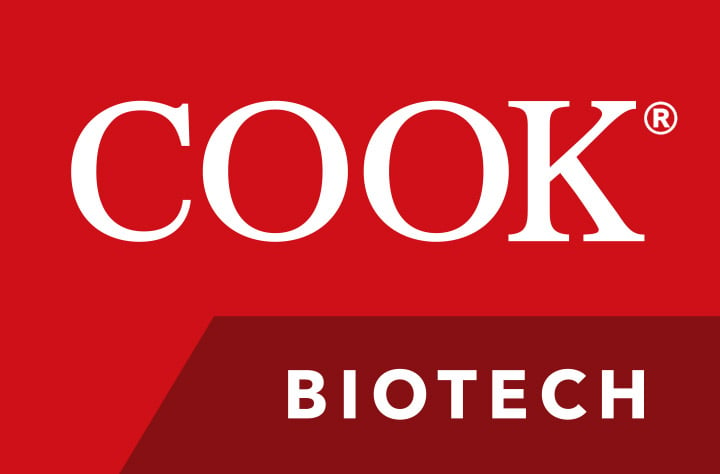
A team from the University of Maryland School of Medicine compared porcine small intestine submucosa (SIS) and autologous grafts used for surgical repair of tympanic membrane perforations.
The retrospective case-control series examined the anatomic and audiometric outcomes.
Tympanic membrane perforations are traditionally repaired with soft tissue harvested from the patient at the time of surgery.
A team at the University of Maryland School of Medicine reviewed the charts of all patients who underwent tympanoplasty performed by a single surgeon in a 12-year period.1 Using established protocols, they selected 16 patients who received autologous soft tissue and another 16 who received SIS. All patients had to return for a two-month follow-up visit in order to be included. The primary outcome was graft take success rate, and the secondary outcomes were audiometric variables. There were no statistical differences between the two groups for any outcomes; however, the sample size was small. The authors stated an advantage of using SIS is that there is no additional incision or surgical time for harvesting as there is with autologous soft tissue. They concluded that SIS is equally effective as autologous tissue in terms of anatomical and audiometric outcomes.
1 Dontu P, Shaigany K, Eisenman DJ. Anatomic and audiometric outcomes of porcine intestinal submucosa for tympanic membrane repair. Larynogoscope Investig Otolaryngol. 2022;7(6):2069-2075.
